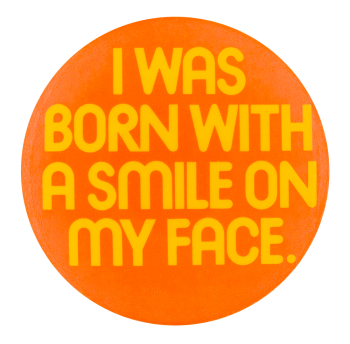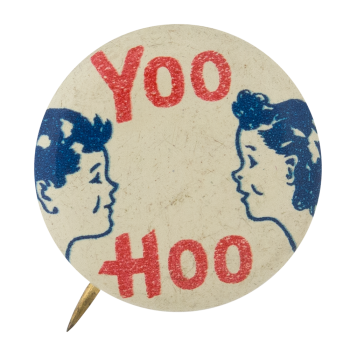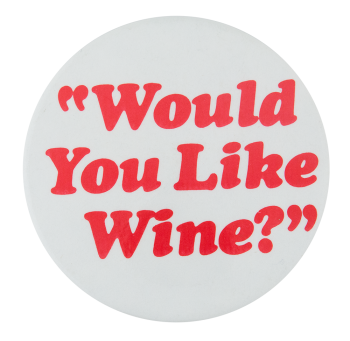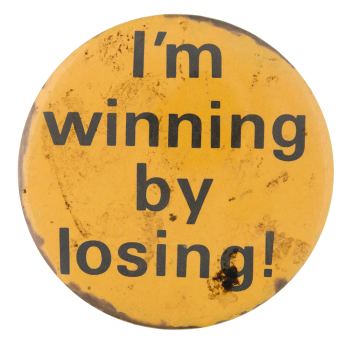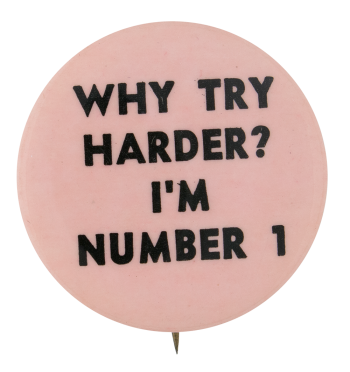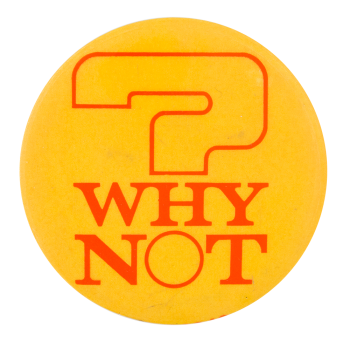Born With a Smile Air Jamaica
| Category | |
|---|---|
| Additional Images | |
| Text on Button | I WAS BORN WITH A SMILE ON MY FACE. |
| Image Description | Orange background with yellow text. |
| Back Style | |
| The Shape | |
| The Size | |
| Year / Decade Made | |
| Additional Information | Air Jamaica created an optimistic campaign to entice visitors during the 1970s - "I Was Born with a Smile on My Face." The goal was to encourage vacationers who were looking for a good time to travel to the Caribbean and Jamaica. The slogan also makes an allusion to the Bob Marley Smile Jamaica concert that took place in 1976. This slogan, along with others like it, was created as part of the campaign. Here is an example of another that is in our collection: "I Feel Good All Over" |
| Catalog ID | AD0701 |

